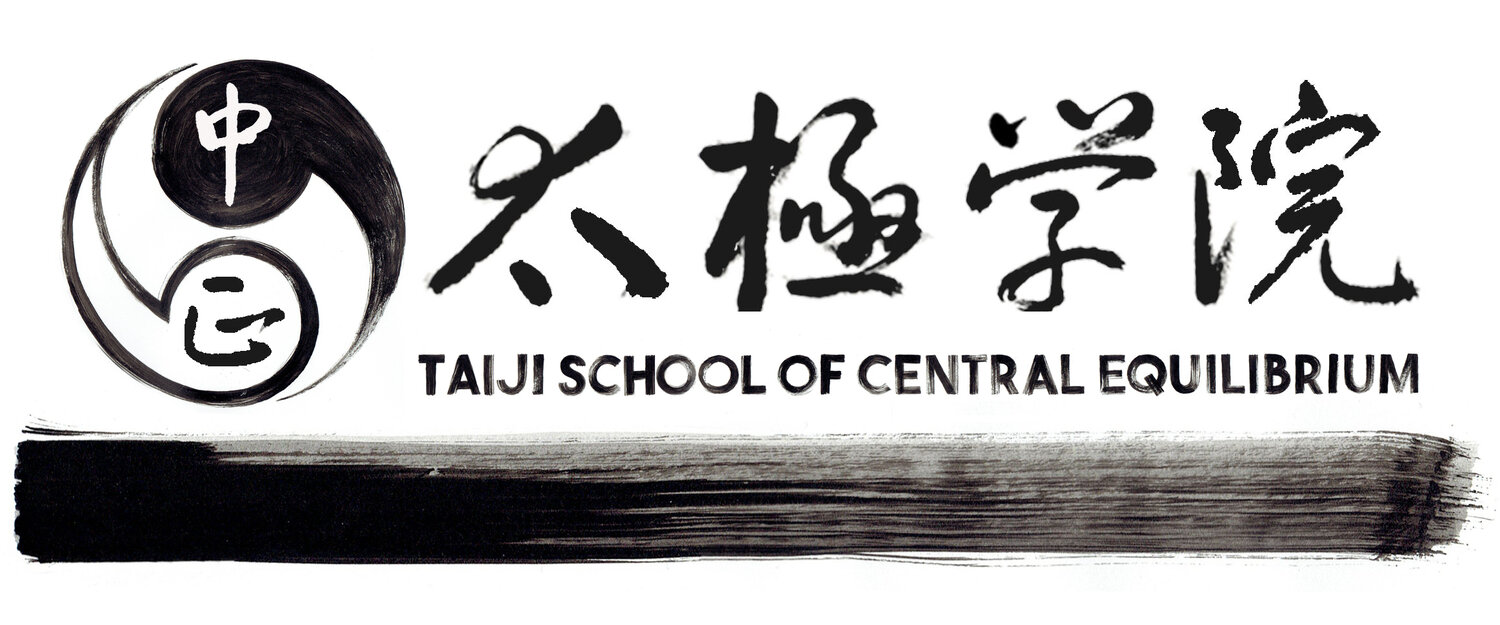Master Huang (Center) and the author (Wee Kee Jin) on the far right.
My teacher Huang Sheng Shyan was born in 1910 in the village of Qianyu (前屿). This village was located in the city of Fuzhou in the Fujian province of China.
At the age of 14 he learnt the Fujian White Crane from the renowned Whooping Crane master Xie Zhong Xiang. When the Japanese invaded China he joined a long Sabre guerrilla group to fight the invaders. Master Huang told me that the Sabre form performed by most martial arts is too flowery and contain a lot of unnecessary movements. He once showed me the Sabre Strokes that they used in close combat during the war and it only consisted of three simple strokes. That was all that was needed for fighting.
During one of his guerrilla campaigns he single-handedly captured a Japanese Sergeant in an ambush. His fellow fighters wanted to kill the Sergeant but Master Huang stopped them saying that killing should only be done in situations where it is absolutely necessary. If they kill the Sergeant in a situation where it wasn’t necessary then they would be acting exactly like the Japanese soldiers who were occupying China. After the war he ran into this Japanese Sergeant in Taiwan who expressed extreme gratitude to Master Huang for sparing his life.
In 1948 the internal political situation in China worsened. Because of this Master Huang had to leave his family in China and move to Taiwan. It was 40 years later that he would be able to see them again.
In 1950 he studied under the renowned Taiji Master professor Cheng Man Ching, this would be the beginning of his Taiji journey. In 1956 he was asked by Professor Cheng to either go to Japan or Singapore to teach Taiji. He chose the latter because of his experience and what he witnessed during the Japanese occupation of China. This was the start of the establishment of the Singapore Tai Chi Association.
In 1963 he left for Sarawak (West Malaysia) spreading the art of Taiji to various cities in Sarawak and Sabah and in 1970 he moved to Kuala Lumpur and there he spread Taiji to different parts of the Malay Peninsula.
In 1991 he returned to his home town and passed away at the age of 82 in December 1992.

